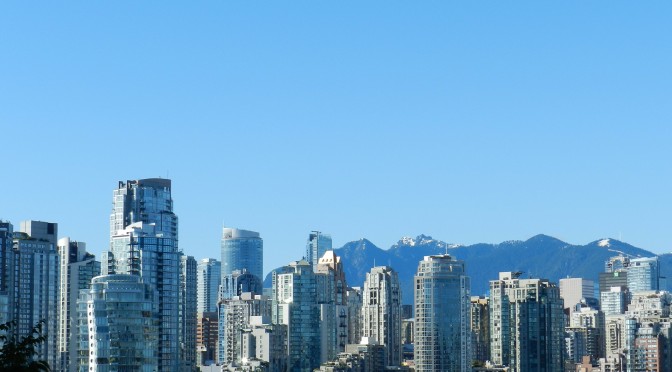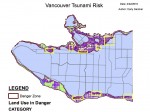Today’s lecture focused on the major applications of GIS in health geography:
- Environmental hazards
- Modelling health services
- Identifying health inequalities
- Spatial epidemiology (the focus of today’s lecture)
This lecture covered multiple definitions of health and disease, discussed how location matters. The focus was on spatial epidemiology, or “the study of the distribution and determinants of health and disease-related states in populations, and the application of this study to control health problems” (slides). To study disease, we need measures of its occurrence such as counts, prevalence, incidence, and mortality. It is also useful to use a small area of analysis in order to explore the existence of a relationship between variables (such as environment and health). We can control for other relevant factors using regression.
It is important to recognize that a small scale may present issues with your analysis:
- Spatial misalignment
- This can become an issue especially when you are using data from different institutions. Misalignments may not have posed an issue at smaller scales, but a large scale (small area) analysis makes these spatial discrepancies obvious and problematic.
2. Uncertainty
- How often is population data collected? Are we confident about it’s quality? Is it accessible/available to use? How do you measure a population’s exposure to an environmental variable? Are environmental impacts distinguishable from lifestyle or socioeconomic impacts on health?
A take-home point was that doing analysis of disease rates or counts in small areas often involves a trade off. How do we balance statistical stability of the estimates and geographic precision?






